1. Gerber Singles
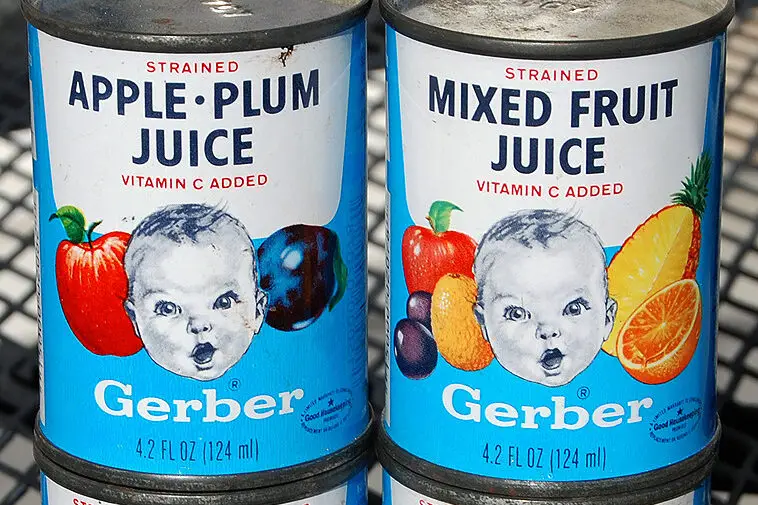
Back in the late ’70s, Gerber had an odd idea: what if adults wanted to eat baby food too? So they introduced Gerber Singles, which came in flavors like Beef Burgundy and Chicken Madeira, and were marketed specifically to single adults living alone. It didn’t take long for people to collectively cringe. No one really wanted to eat mushy meat out of a jar unless they were under two feet tall says the Takeout.
The scandal came in how completely out of touch the idea was. It felt like a tone-deaf attempt to profit off loneliness, and it didn’t sit well with consumers. People mocked the product so relentlessly that it disappeared almost immediately. To this day, it’s often cited as one of the worst food marketing flops ever adds the Hustle Daily.
2. McDonald’s Hula Burger
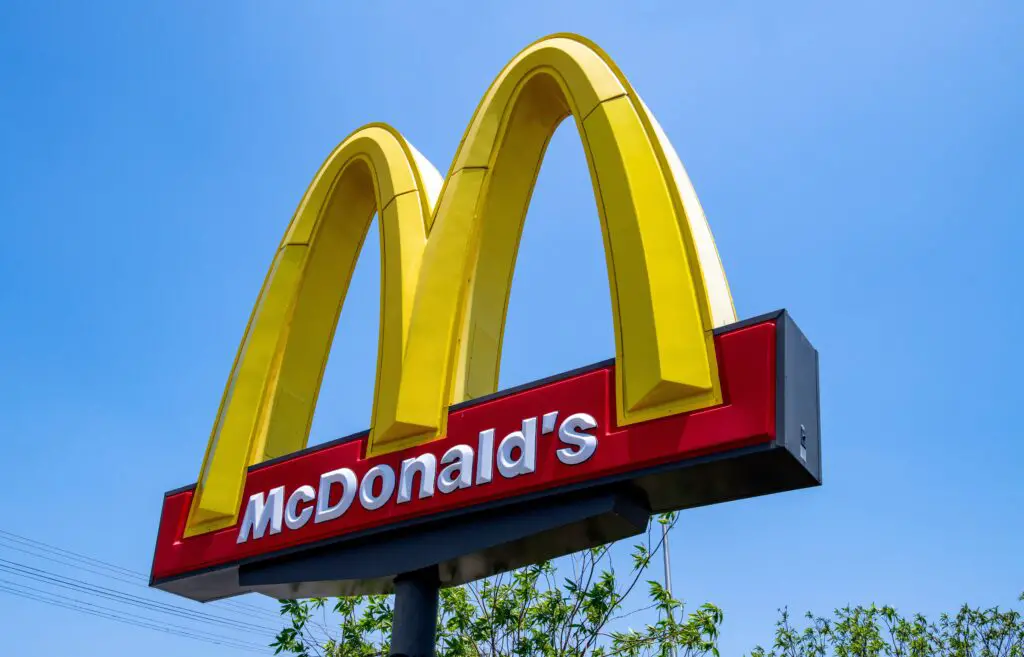
In the 1960s, McDonald’s tried to find a meatless sandwich for Catholics who didn’t eat meat on Fridays. Enter the Hula Burger: a slice of grilled pineapple with cheese on a bun. Sounds… tropical? Maybe. But customers weren’t having it shares Tasting Table.
The Filet-O-Fish debuted at the same time, and guess which one won? The pineapple sandwich flopped so badly that it was yanked from menus almost instantly. It became an odd footnote in McDonald’s history, proving not every idea is golden, even under the Golden Arches. It was a lesson in knowing your audience—pineapple might work on pizza, but it had no place between hamburger buns adds Yahoo.
3. Jell-O Salad Kits
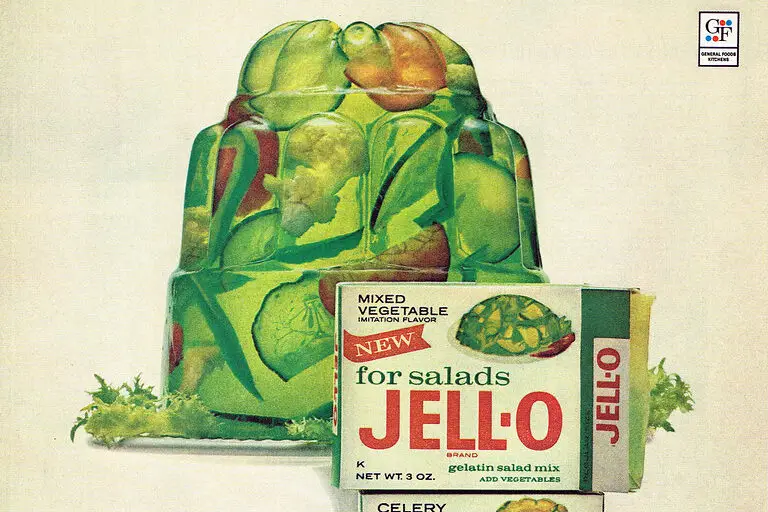
In the mid-20th century, America had a serious thing for gelatin. So Jell-O leaned in and introduced salad kits that included flavored gelatin and savory mix-ins like shrimp, olives, or even shredded cabbage. They were brightly colored and looked festive, but many people today find the idea pretty unappetizing.
The scandal wasn’t so much in the product itself, but in how aggressively it was pushed as the perfect modern meal. Women’s magazines hyped it as “sophisticated,” despite the dubious textures. Eventually, the novelty wore off and everyone quietly agreed it was kind of weird. Jell-O salad kits faded into obscurity and now live on mostly as a retro punchline.
4. Heinz EZ Squirt Colored Ketchup
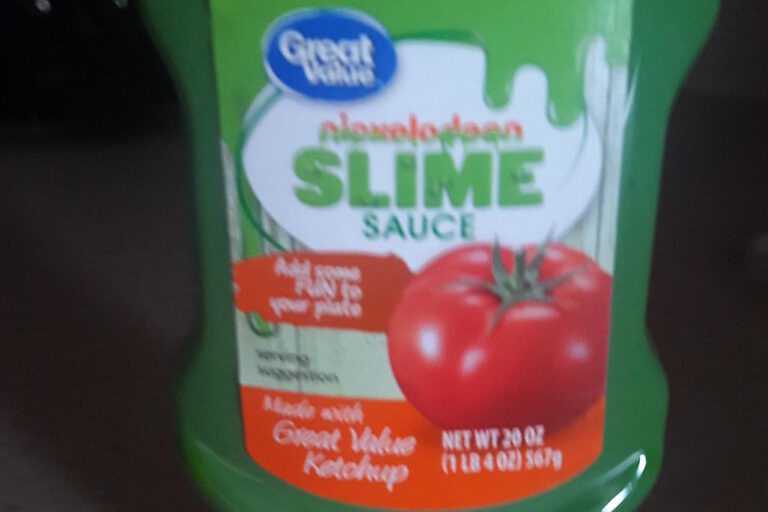
In the early 2000s, Heinz released EZ Squirt ketchup in wacky colors like purple, green, and even blue. It was marketed to kids, and for a brief moment, it was a hit. But parents weren’t thrilled about adding extra artificial dyes to their children’s food, and frankly, it just looked wrong.
The product started to raise eyebrows when health experts questioned why ketchup needed to look like a science experiment. Plus, seeing a green blob on your fries was more off-putting than fun for most adults. Sales fizzled fast once the novelty wore off. It quietly disappeared from shelves, and now it’s a reminder that sometimes, ketchup should just be red.
5. Orbitz Soda
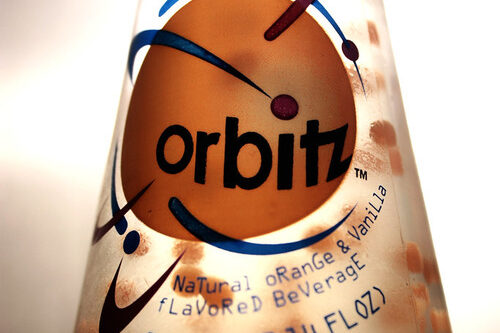
Orbitz hit shelves in the late ’90s and looked like something straight out of a lava lamp. It was a clear, fruity drink with little colored balls suspended inside that floated in strange patterns. Kids thought it looked cool, but drinking it was a different story. The texture turned off a lot of people, and it didn’t taste great either.
Rumors swirled that the beads inside were unsafe or had weird ingredients, though none of that was ever proven. Still, the visual weirdness and bad taste combo were enough to doom it. It was gone just a year after it launched. Orbitz lives on in nostalgic YouTube taste tests and late-night conversations about ‘90s oddities.
6. Crystal Pepsi
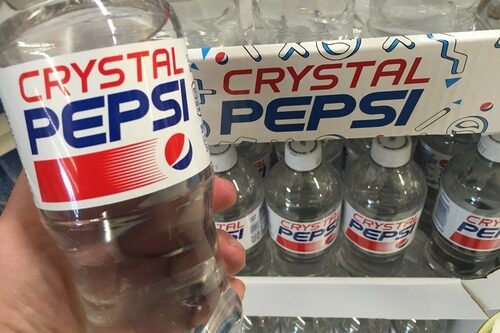
Crystal Pepsi debuted in the early ’90s as a caffeine-free, clear cola that was supposed to feel clean and pure. It looked like Sprite but tasted like Pepsi, and that really messed with people’s heads. The flavor was too similar to regular Pepsi for fans to switch, but the appearance was too different to trust.
It had a brief moment in the sun thanks to heavy advertising, but it never really caught on. Pepsi tried to revive it a few times, but each re-release ended in the same result: confusion and disappointment. It was a case where clever branding didn’t match actual demand. Crystal Pepsi’s downfall is a classic lesson in overhyping something that no one really asked for.
7. Colgate Frozen Dinners
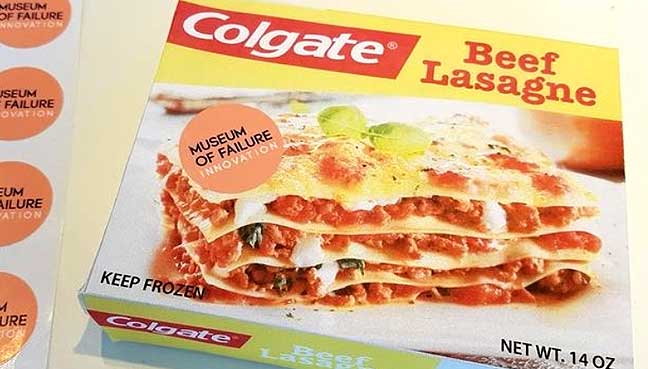
Yes, Colgate—the toothpaste brand—once tried to sell frozen dinners. In the 1980s, they thought they could branch out into the ready-made meal market. But consumers just couldn’t get past the name association. After all, when you think Colgate, you don’t think lasagna.
The scandal was mostly in the branding fail. It might’ve been a decent meal, but no one wanted to feel like they were eating toothpaste. Sales were so bad that the product was quickly pulled, and Colgate pretended it never happened. Today, it’s often brought up in marketing textbooks as a prime example of brand extension gone horribly wrong.
8. Kellogg’s OKs Cereal
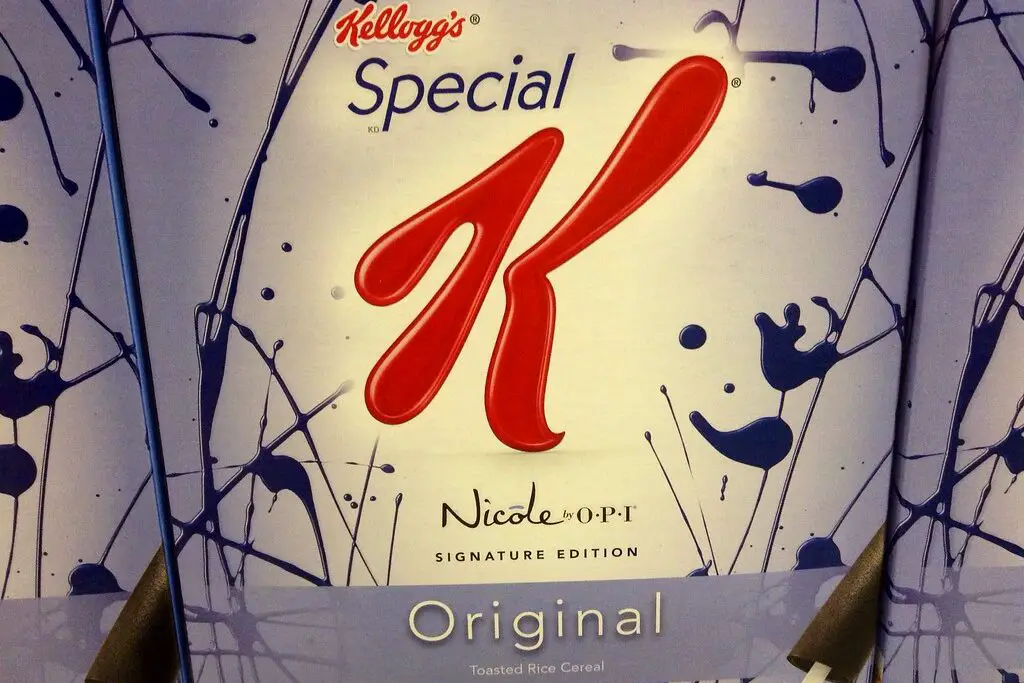
In the ’50s, Kellogg’s tried to introduce a “healthy” alternative to sugary cereals called OKs. It featured a cartoon Scotsman named Big Otis on the box, and the cereal was shaped like the letters “O” and “K.” Sounds fine, right? But the problem was, it didn’t taste great.
Kids didn’t care about health food, and even adults weren’t too impressed with the bland flavor. The marketing was confusing and the mascot never caught on. Eventually, it disappeared, replaced by more colorful and sugary options. These days, it’s mostly remembered by hardcore cereal collectors and retro food bloggers.
9. Lifesavers Holes
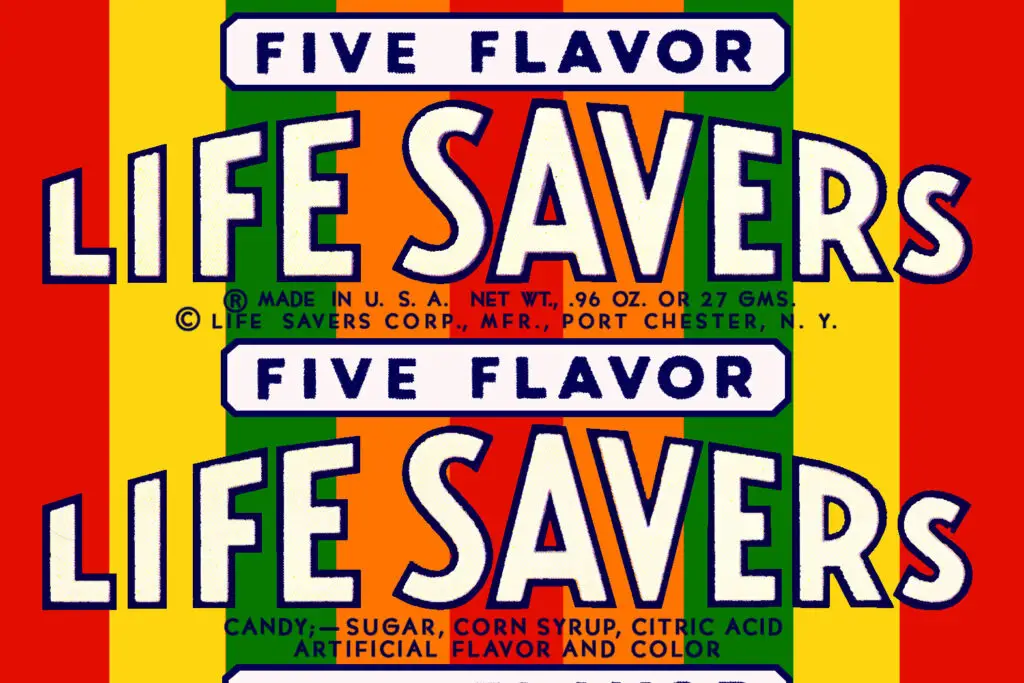
Remember Lifesavers Holes? They were little candies that were supposed to be the “holes” punched out of regular Lifesavers. It was a clever concept, and they came in fun little flip-top containers. But those containers became the product’s downfall.
Parents raised concerns that the caps posed choking hazards, especially to small kids. The controversy gained steam, and the product was quietly discontinued. Even though the candy itself wasn’t really the issue, the damage was done. Now it’s a prime example of how packaging can make or break a product.
10. Butterfinger BB’s
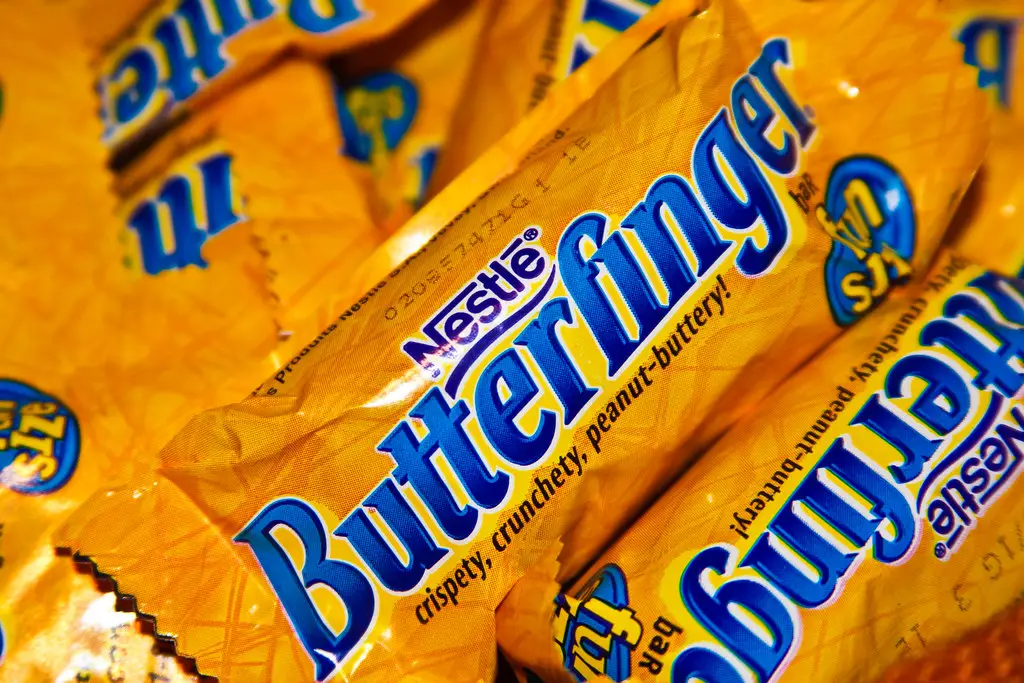
Butterfinger BB’s were a ’90s favorite—little bite-sized versions of the candy bar made popular by The Simpsons commercials. Kids loved them, but parents didn’t love the melted mess they left behind. They’d get stuck in your teeth, melt in your hand, and basically cause chaos in backpacks.
The final straw came when Nestlé decided to revamp the Butterfinger brand and dropped BB’s from the lineup. Fans were upset, and petitions have floated around for years begging for their return. But so far, no luck. The disappearance still stings for many ’90s kids with a sweet tooth and a soft spot for Bart Simpson.
11. Frito-Lay Wow! Chips
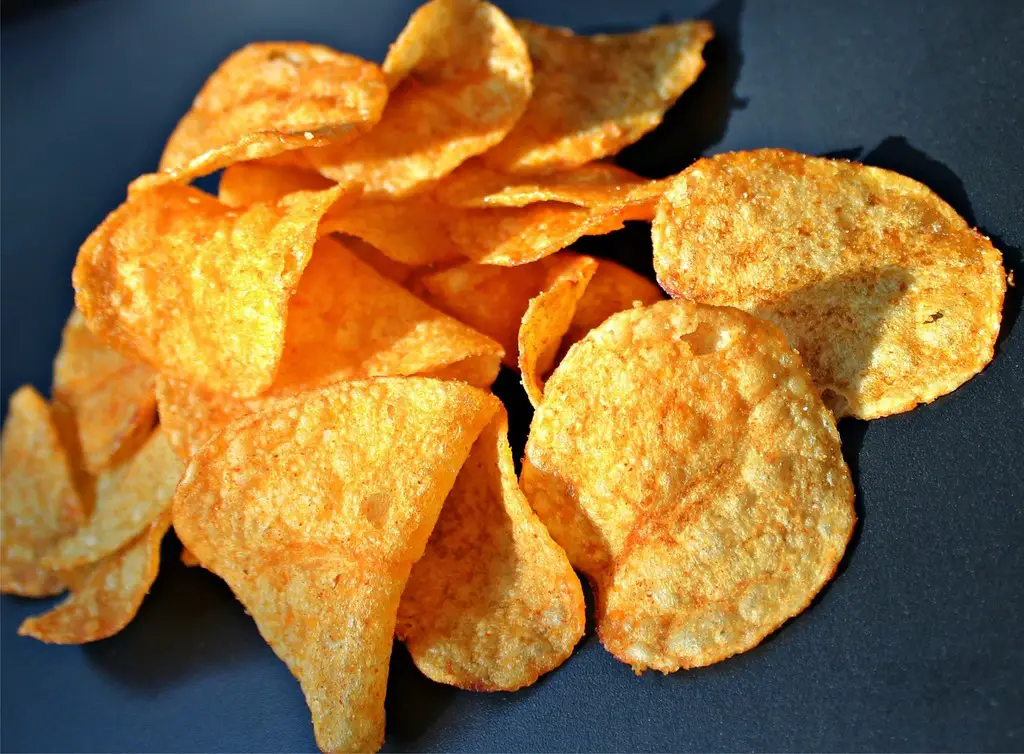
Wow! Chips came out in the late ’90s and promised all the crunch of regular chips without the fat. They used olestra, a fat substitute that couldn’t be digested by the body. Sounds too good to be true? It was. Because olestra came with a terrible side effect: it caused… let’s say, digestive distress.
People reported cramps, diarrhea, and some pretty unpleasant surprises after eating them. Despite the health promise, the backlash was loud. Lawsuits and jokes piled up, and sales tanked. The product was eventually rebranded and then discontinued, leaving behind a warning about miracle diet foods.
12. New Coke

In 1985, Coca-Cola made one of the most infamous moves in branding history. They reformulated their original drink and released “New Coke,” thinking it would beat Pepsi in the taste wars. But fans were outraged. People hoarded original Coke, staged protests, and flooded phone lines with complaints.
The scandal wasn’t just that the taste changed—it was that Coke underestimated just how emotionally attached people were to the original. Within a few months, Coca-Cola brought back the classic formula as “Coca-Cola Classic.” New Coke limped along for a while before disappearing entirely. It remains a powerful reminder: if it ain’t broke, don’t fix it.
